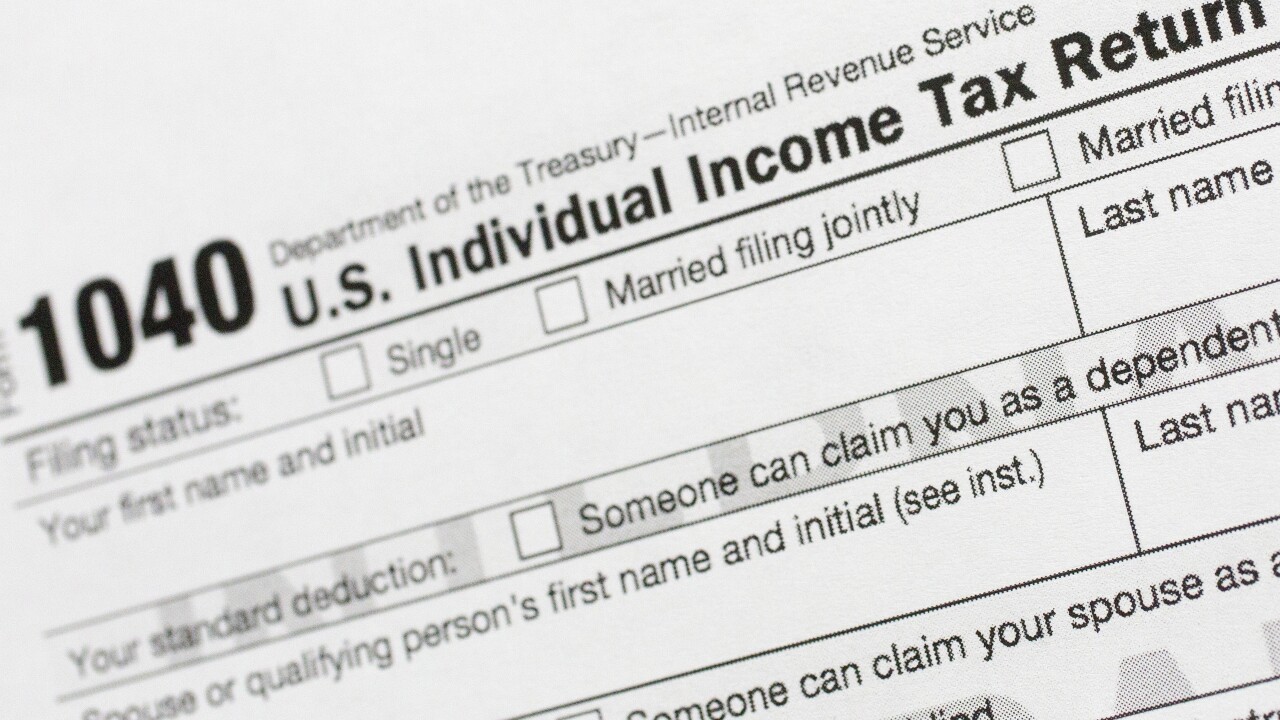Home>Finance>Degree Of Financial Leverage (DFL): Definition And Formula


Finance
Degree Of Financial Leverage (DFL): Definition And Formula
Published: November 10, 2023
Learn the definition and formula of Degree of Financial Leverage (DFL) in the field of finance. Maximize your financial insights with our comprehensive guide.
(Many of the links in this article redirect to a specific reviewed product. Your purchase of these products through affiliate links helps to generate commission for LiveWell, at no extra cost. Learn more)
Unlocking the Power of Financial Leverage: Understanding Degree of Financial Leverage (DFL)
Finance is a fascinating field that encompasses a wide array of concepts and strategies. One important concept that every aspiring financial professional must understand is the Degree of Financial Leverage (DFL). In this article, we will dive deep into the world of DFL, exploring its definition, formula, and its significance in financial analysis. So let’s begin our journey into the realm of financial leverage!
Key Takeaways:
- Degree of Financial Leverage (DFL) measures the sensitivity of a company’s earnings per share (EPS) to changes in its operating earnings.
- DFL is a crucial metric used by investors and financial analysts to assess the potential risk and return associated with a company’s capital structure.
Understanding Degree of Financial Leverage
When it comes to evaluating the financial health and stability of a company, Degree of Financial Leverage (DFL) plays a vital role. DFL measures how sensitive a company’s earnings per share (EPS) is to changes in its operating earnings. In simpler terms, it indicates the impact of changes in operating income on the company’s profitability.
The formula to calculate DFL is:
DFL = (Percentage Change in EPS) / (Percentage Change in Operating Income)
DFL is a reflection of how a company’s capital structure, consisting of debt and equity, affects its earnings. By analyzing DFL, investors can gain insights into how changes in operating income can impact a company’s profitability and overall financial stability.
The Significance of Degree of Financial Leverage
Key takeaway 1: The Degree of Financial Leverage (DFL) provides investors and financial analysts with a critical tool for assessing a company’s risk and return.
DFL is used to evaluate the potential risks associated with a company’s capital structure. It helps investors make informed decisions by understanding how a company’s earnings can fluctuate due to changes in operating income. Higher DFL signifies a greater impact of changes in operating income on EPS, which indicates higher risk. On the other hand, lower DFL implies a more stable EPS, reducing the potential risk for investors.
Key takeaway 2: DFL aids in determining the optimal capital structure for a company.
By analyzing DFL, companies can evaluate their current capital structure and determine whether it is ideal or requires adjustments. An optimal capital structure strikes a balance between debt and equity, maximizing profitability while minimizing risk. DFL serves as a guide in this decision-making process, helping companies find the right level of financial leverage to optimize their financial performance.
As we conclude our exploration of Degree of Financial Leverage (DFL), it becomes clear that this metric is an indispensable tool for understanding a company’s financial health, analyzing risk, and making informed investment decisions. By utilizing DFL, investors and financial professionals can navigate the complex world of finance with greater confidence and insight.














